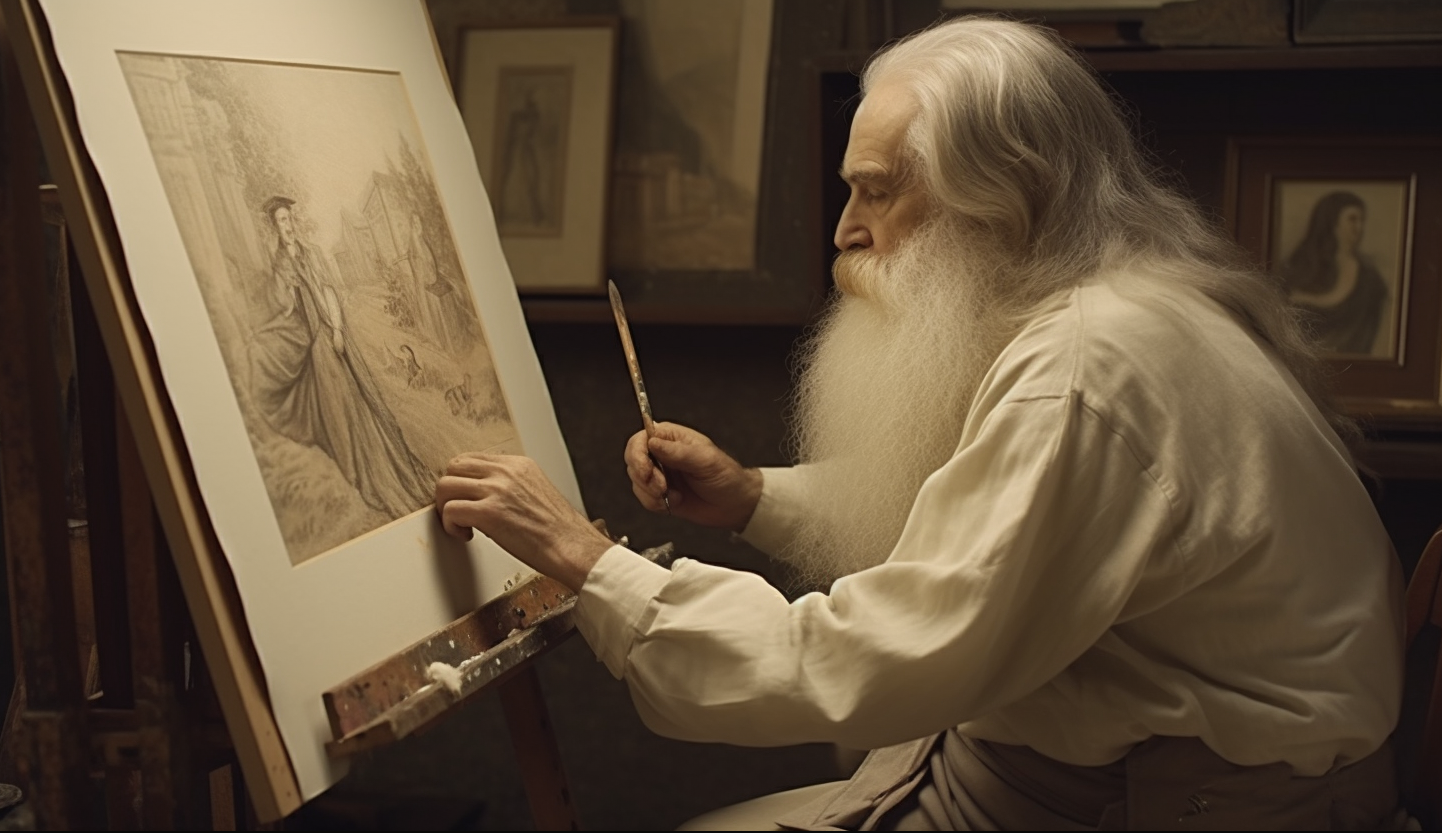The Importance of Curiosity
Da Vinci’s insatiable curiosity fueled his imagination and led him to explore a wide range of subjects, from anatomy to engineering. Cultivating curiosity in our own lives can help us broaden our perspectives, challenge assumptions, and foster a more profound understanding of the world around us. By asking questions and seeking knowledge, we can spark our imagination and unlock new opportunities for innovation and growth.
Embrace the Power of Multidisciplinary Thinking
Leonardo da Vinci was a polymath, excelling in various disciplines such as art, science, and technology. His ability to draw connections between seemingly unrelated fields was instrumental in his creative process. By embracing multidisciplinary thinking, we can break free from the constraints of conventional wisdom and find novel solutions to complex problems. This approach can lead to breakthroughs and advancements that might not be possible within the confines of a single discipline.
Foster a Growth Mindset
Da Vinci’s relentless pursuit of knowledge and skills demonstrates the importance of maintaining a growth mindset. He was never content to rest on his laurels and constantly sought to improve his abilities. By adopting a growth mindset, we can push ourselves to continually learn, grow, and evolve, ultimately unlocking our full potential and achieving excellence in our chosen fields.
The Art of Experimentation
Leonardo da Vinci was a prolific experimenter, constantly testing new ideas and techniques to push the boundaries of his craft. Embracing experimentation in our own lives can help us overcome the fear of failure and develop resilience in the face of adversity. By treating setbacks as learning opportunities, we can iterate and refine our ideas, ultimately leading to more innovative and impactful outcomes.
Harness the Power of Imagination
At the heart of da Vinci’s genius was his vivid imagination, which allowed him to envision the world in new and extraordinary ways. By tapping into our own imagination, we can dream up bold ideas, challenge the status quo, and reshape the world around us. To unlock the power of our imagination, we must cultivate a sense of wonder and maintain an open mind, free from the constraints of conventional thinking.
Leonardo da Vinci’s unparalleled imagination and ingenuity continue to inspire us to strive for excellence and innovation. By nurturing our curiosity, embracing multidisciplinary thinking, fostering a growth mindset, experimenting fearlessly, and harnessing the power of our imagination, we can unlock our inner da Vinci and achieve greatness in our personal and professional lives. In the pursuit of excellence, let us remember the timeless wisdom of Leonardo da Vinci: “Learning never exhausts the mind.”
Needing a Little More Inspiration?





